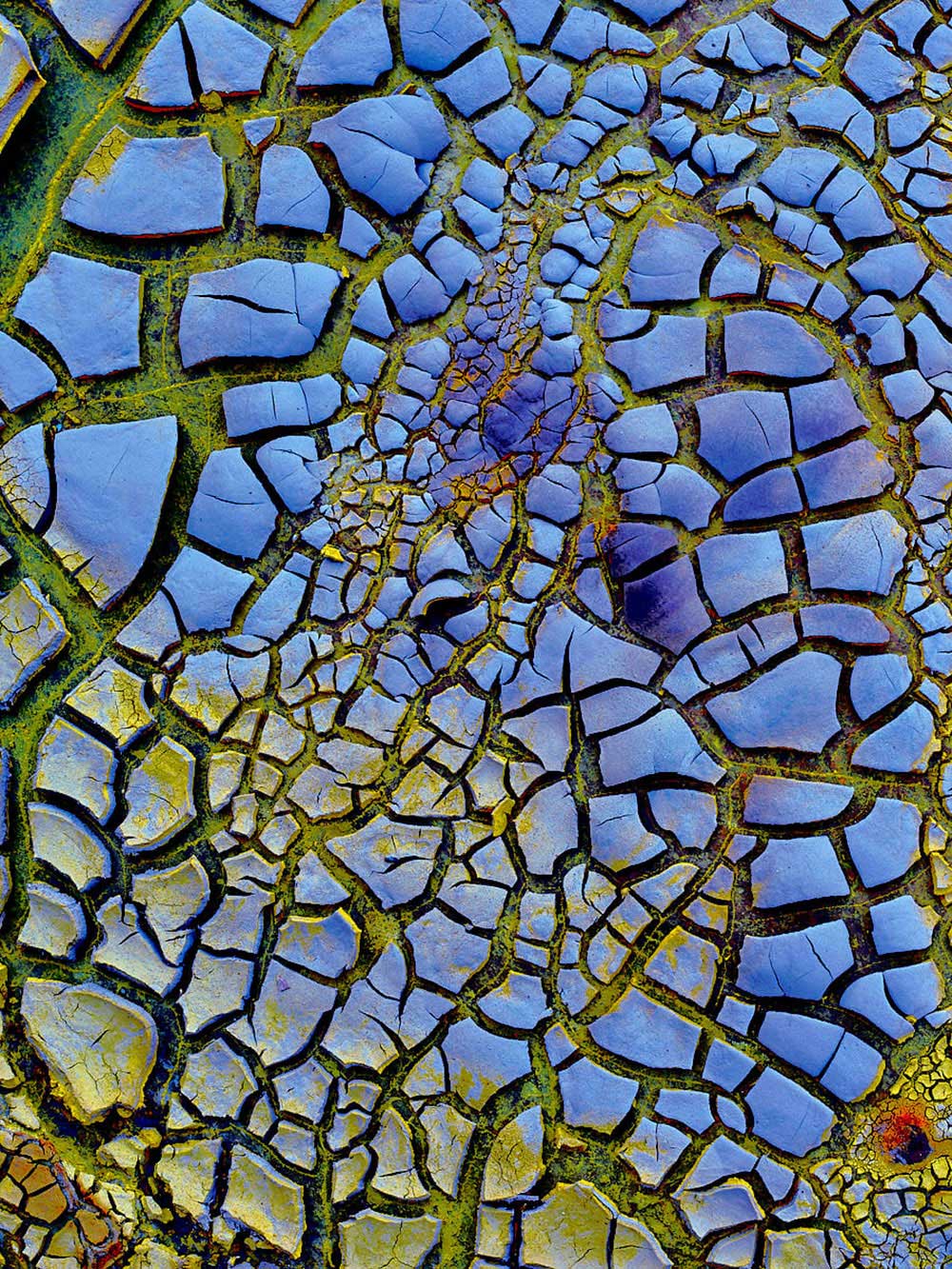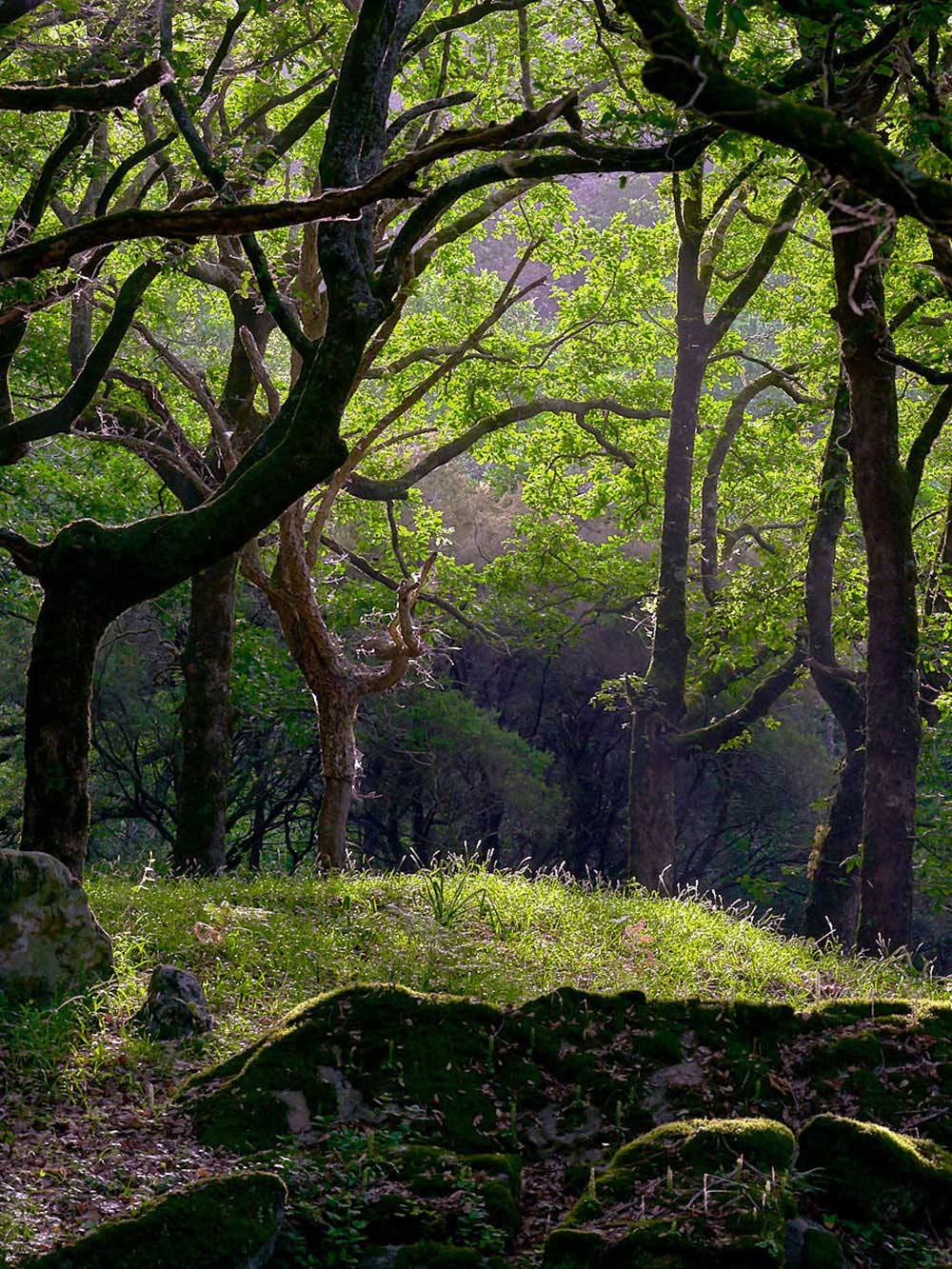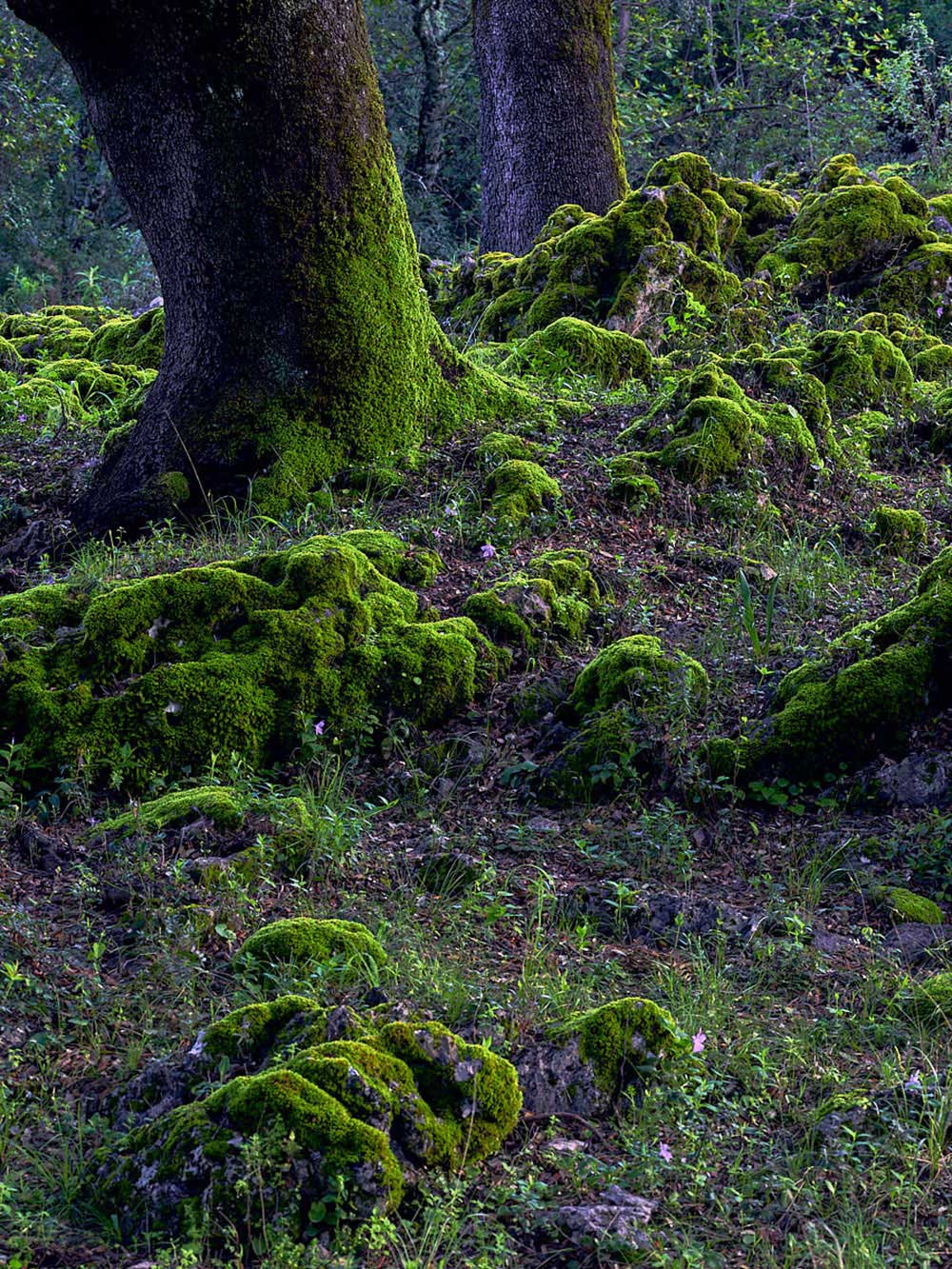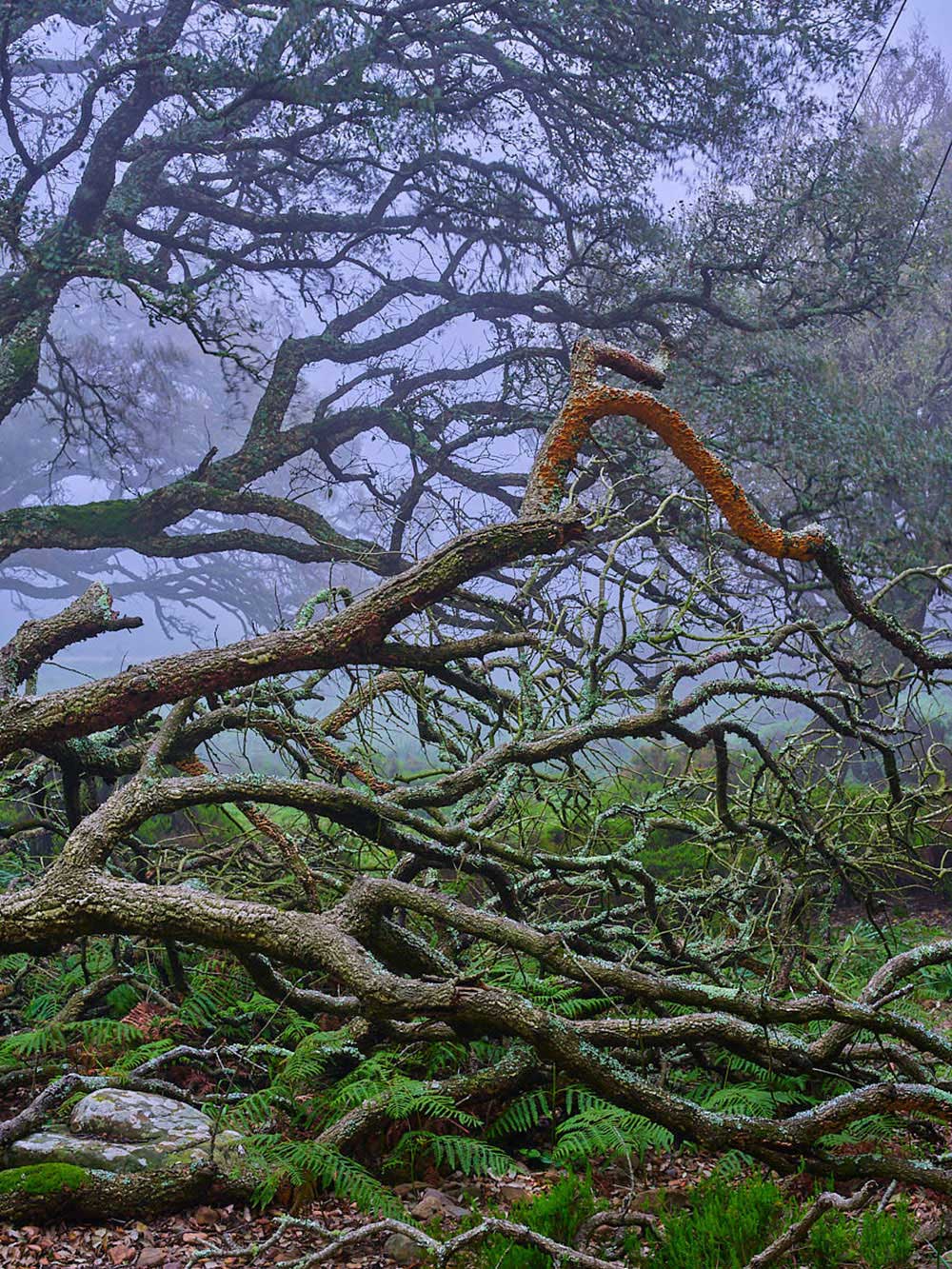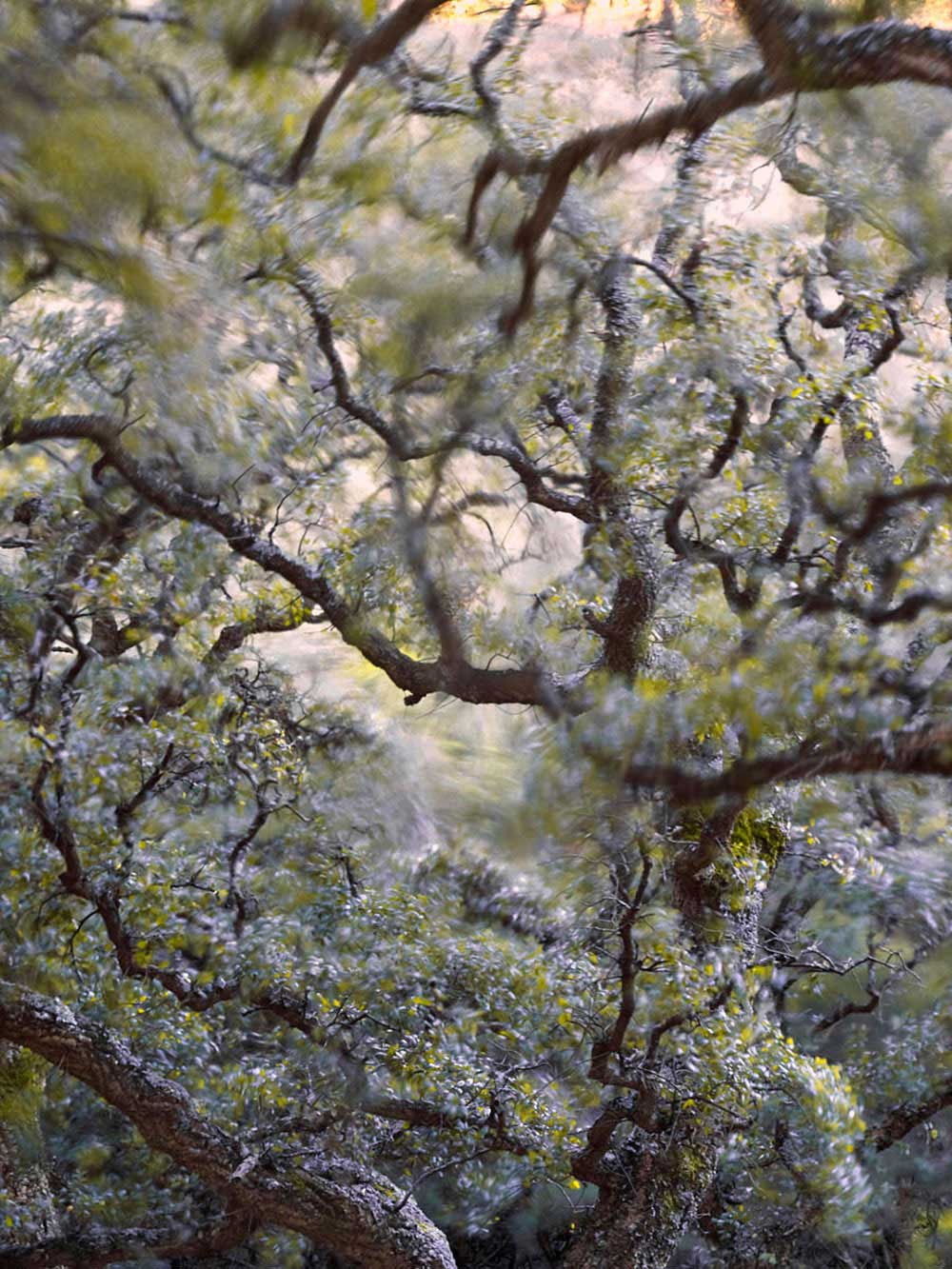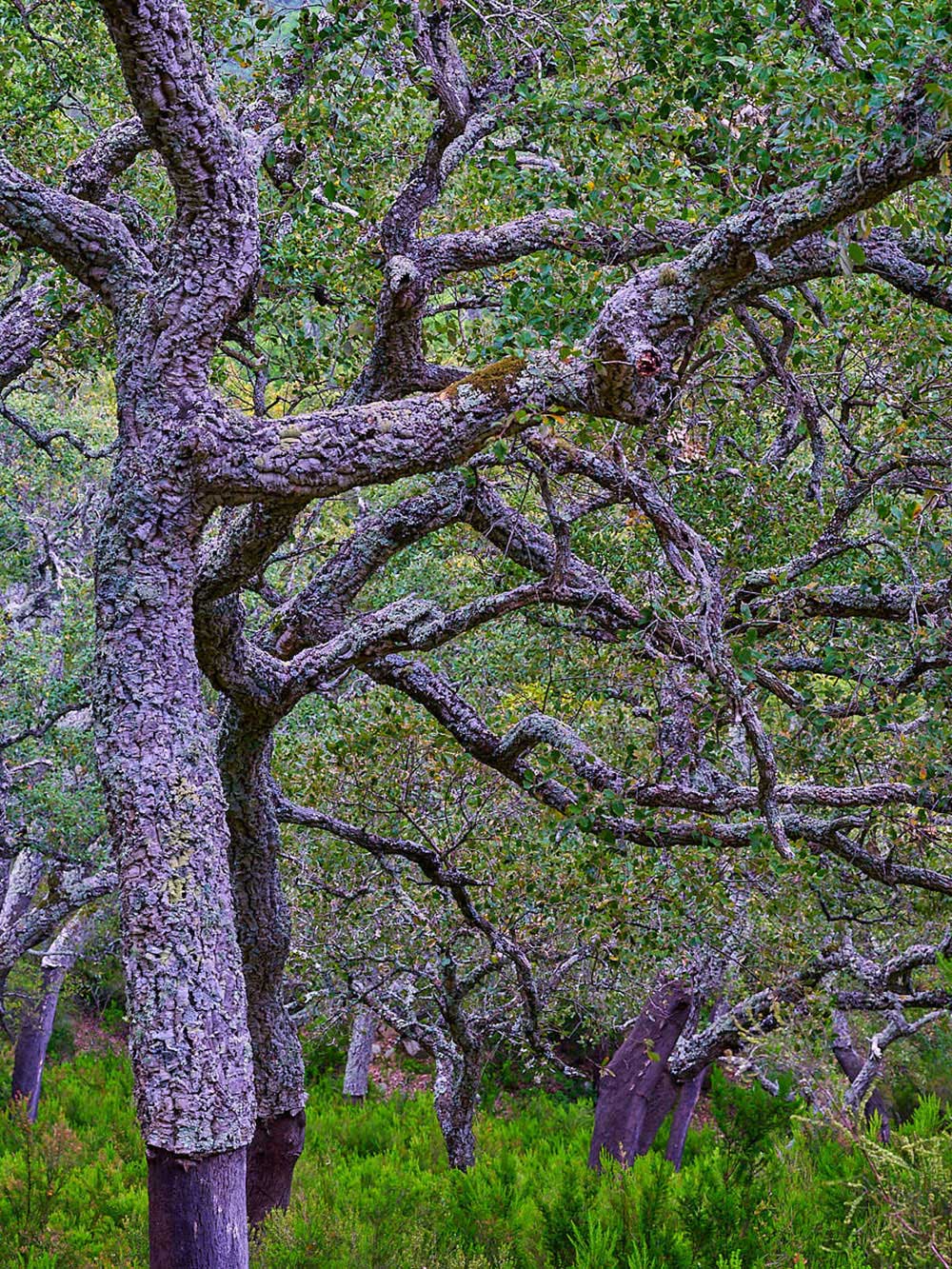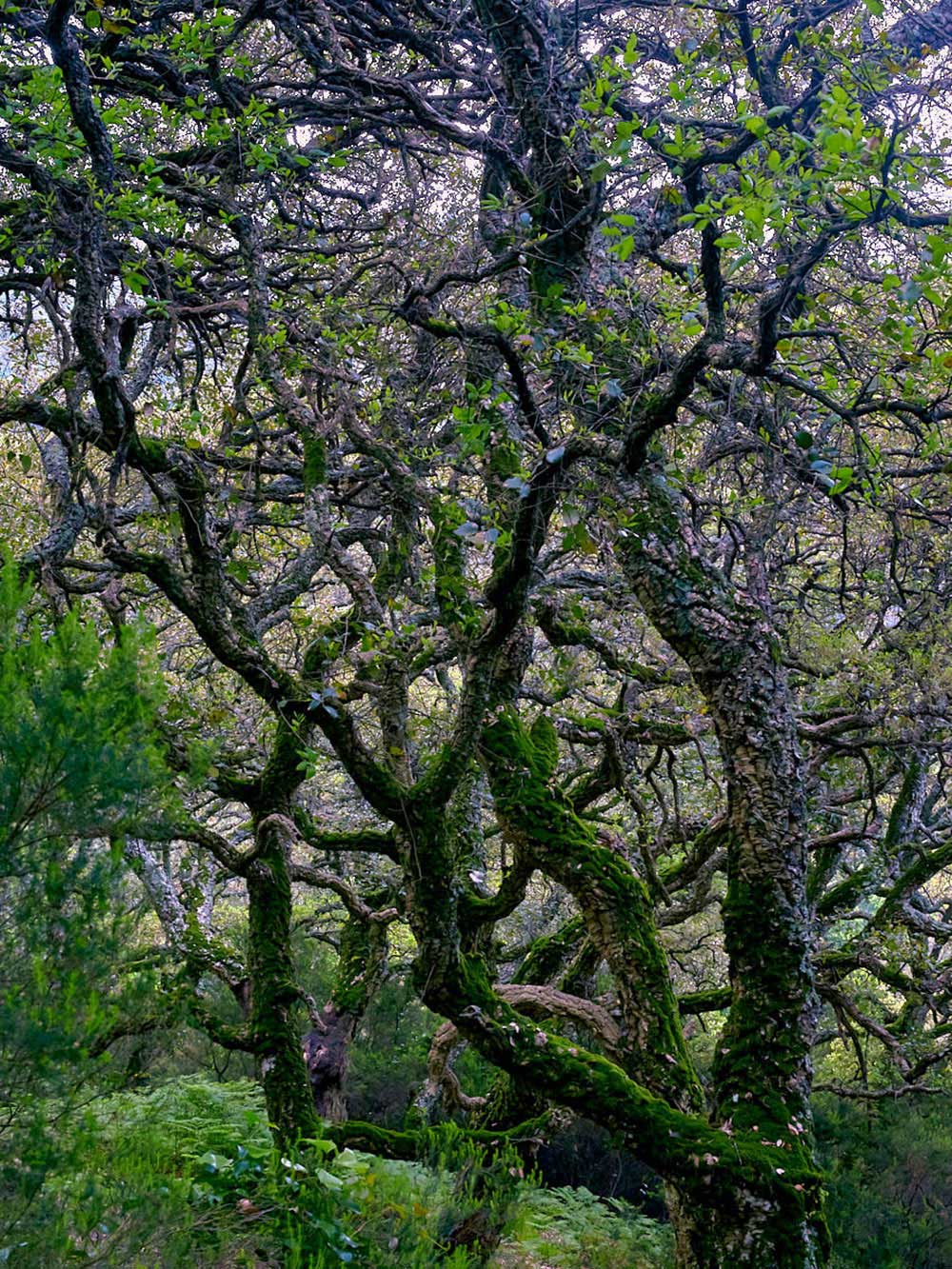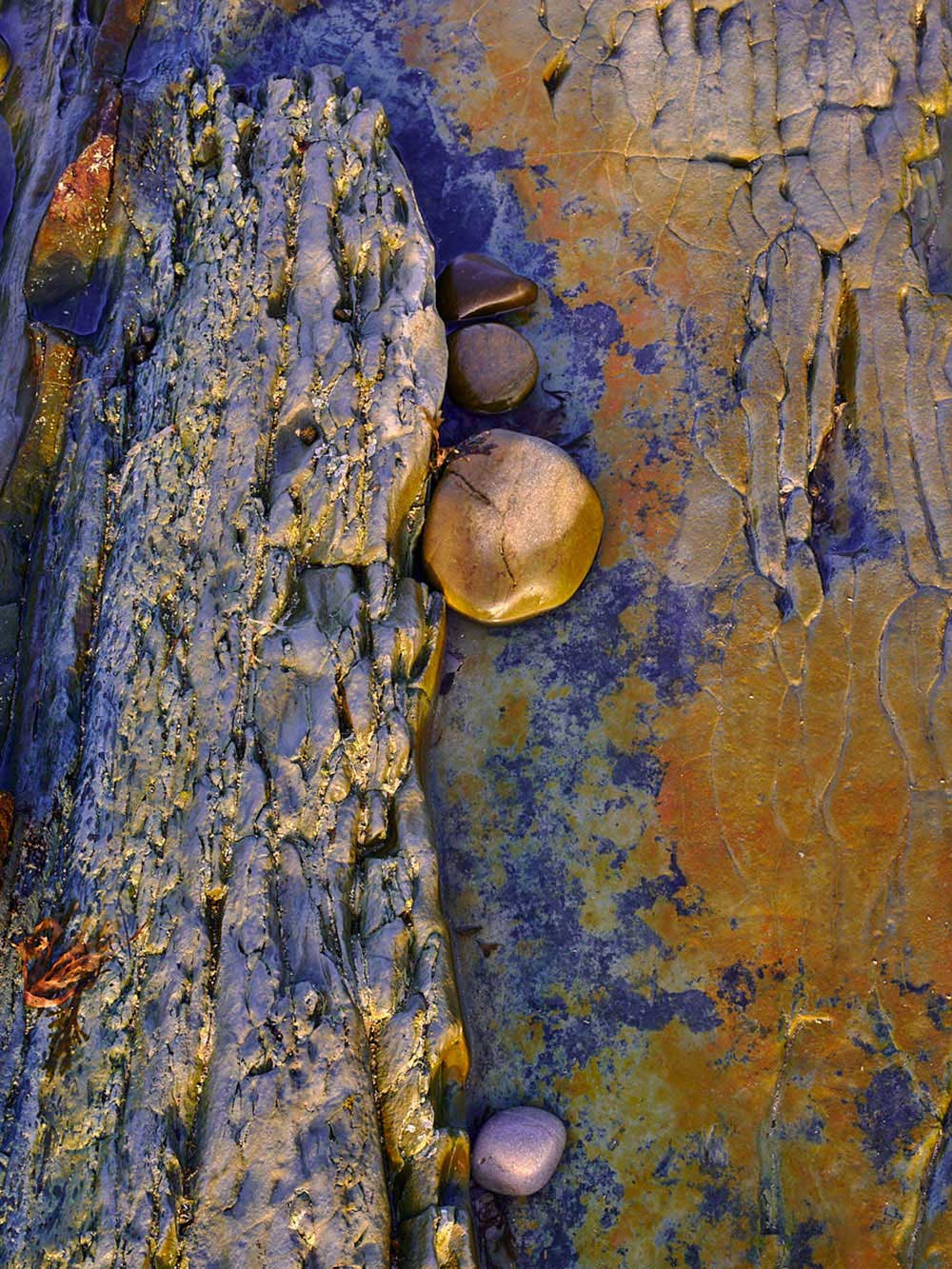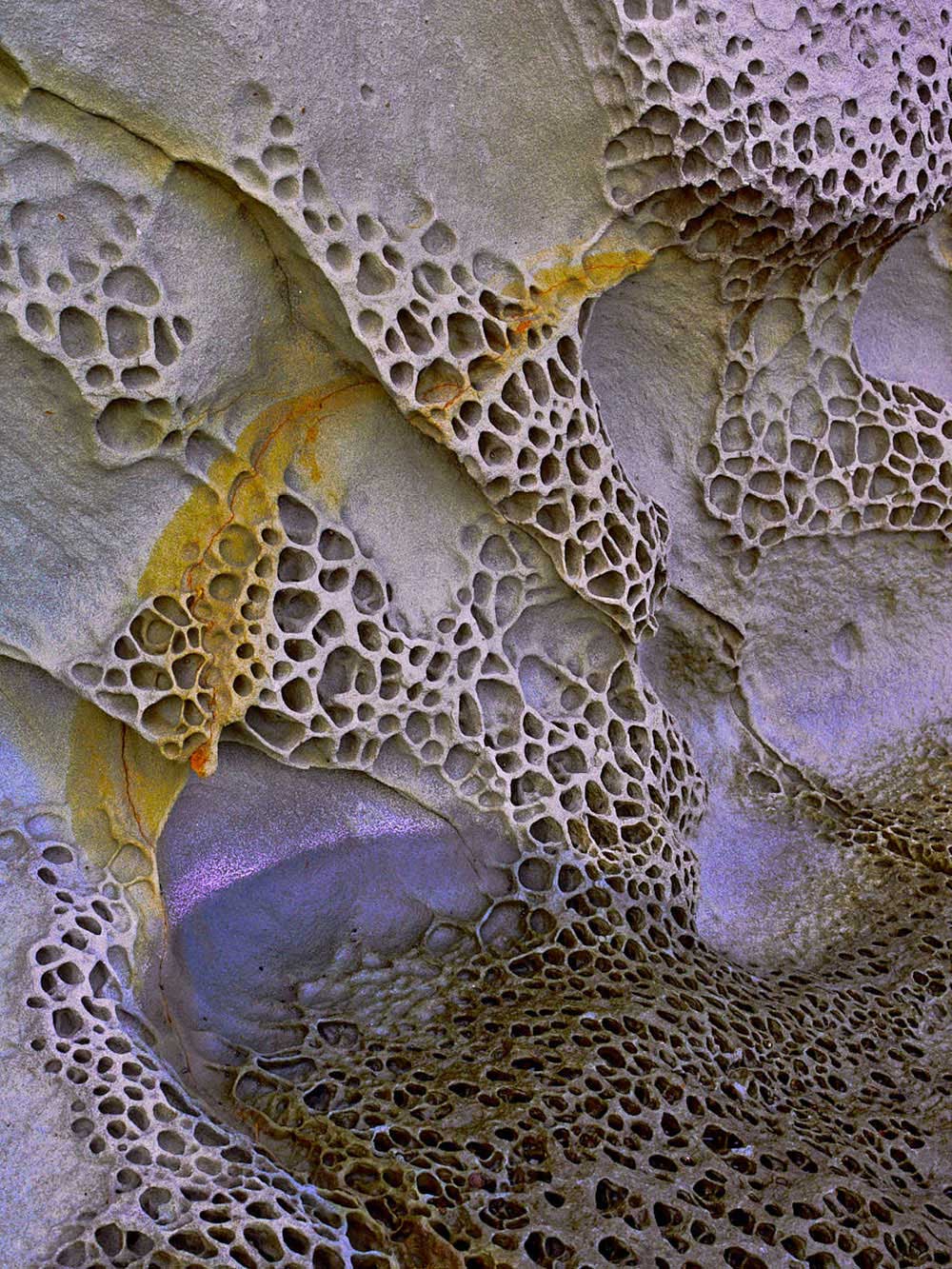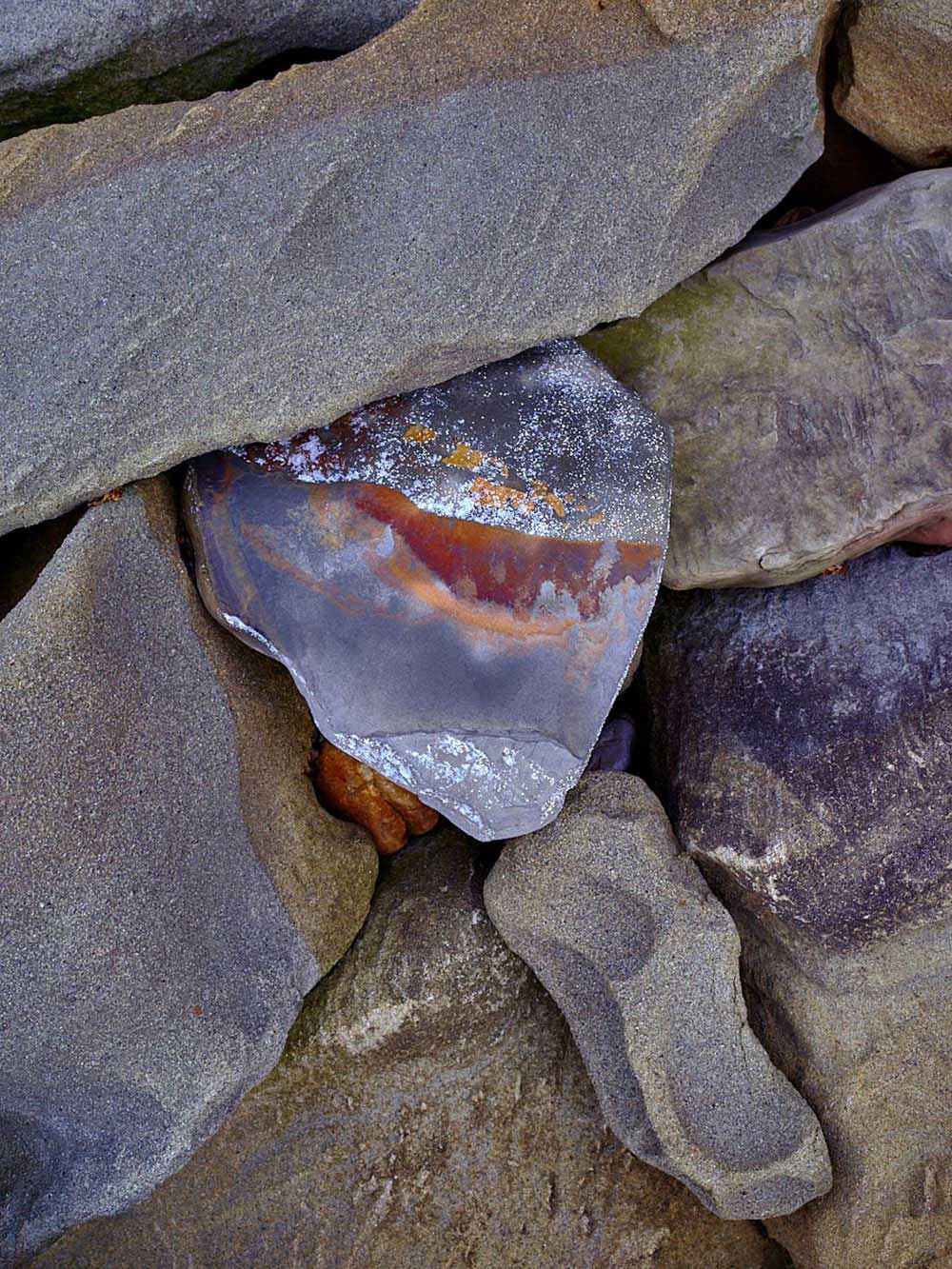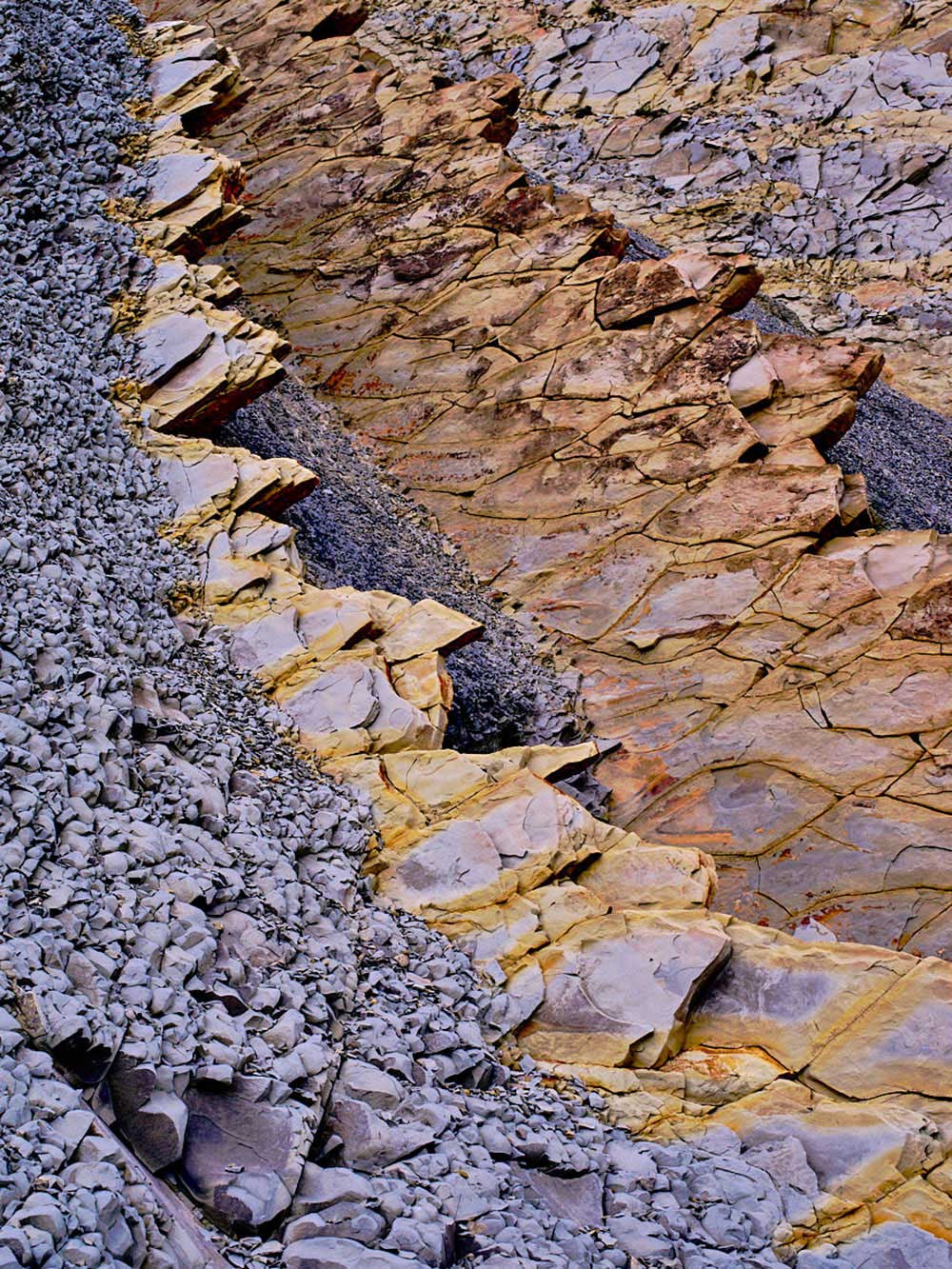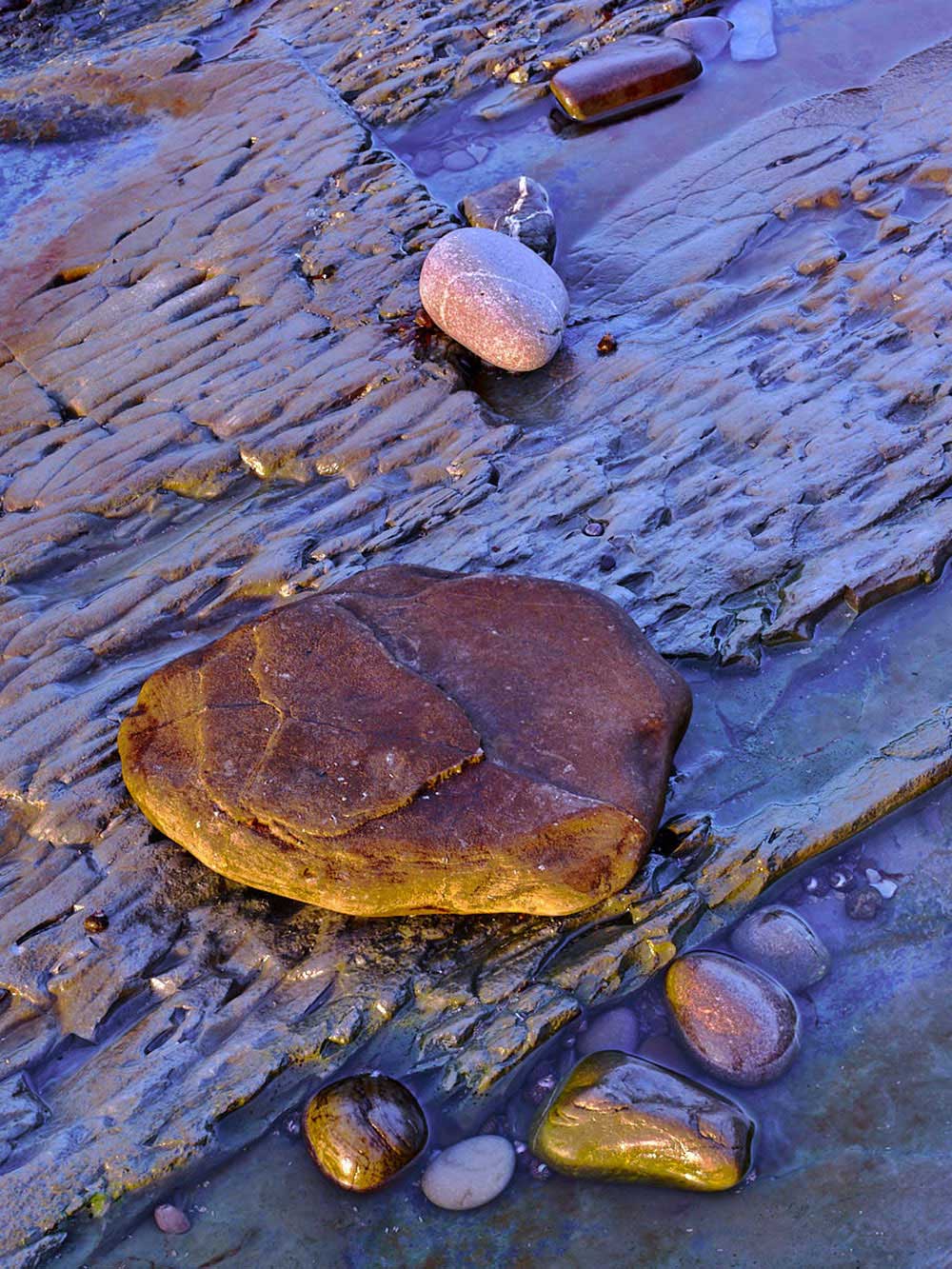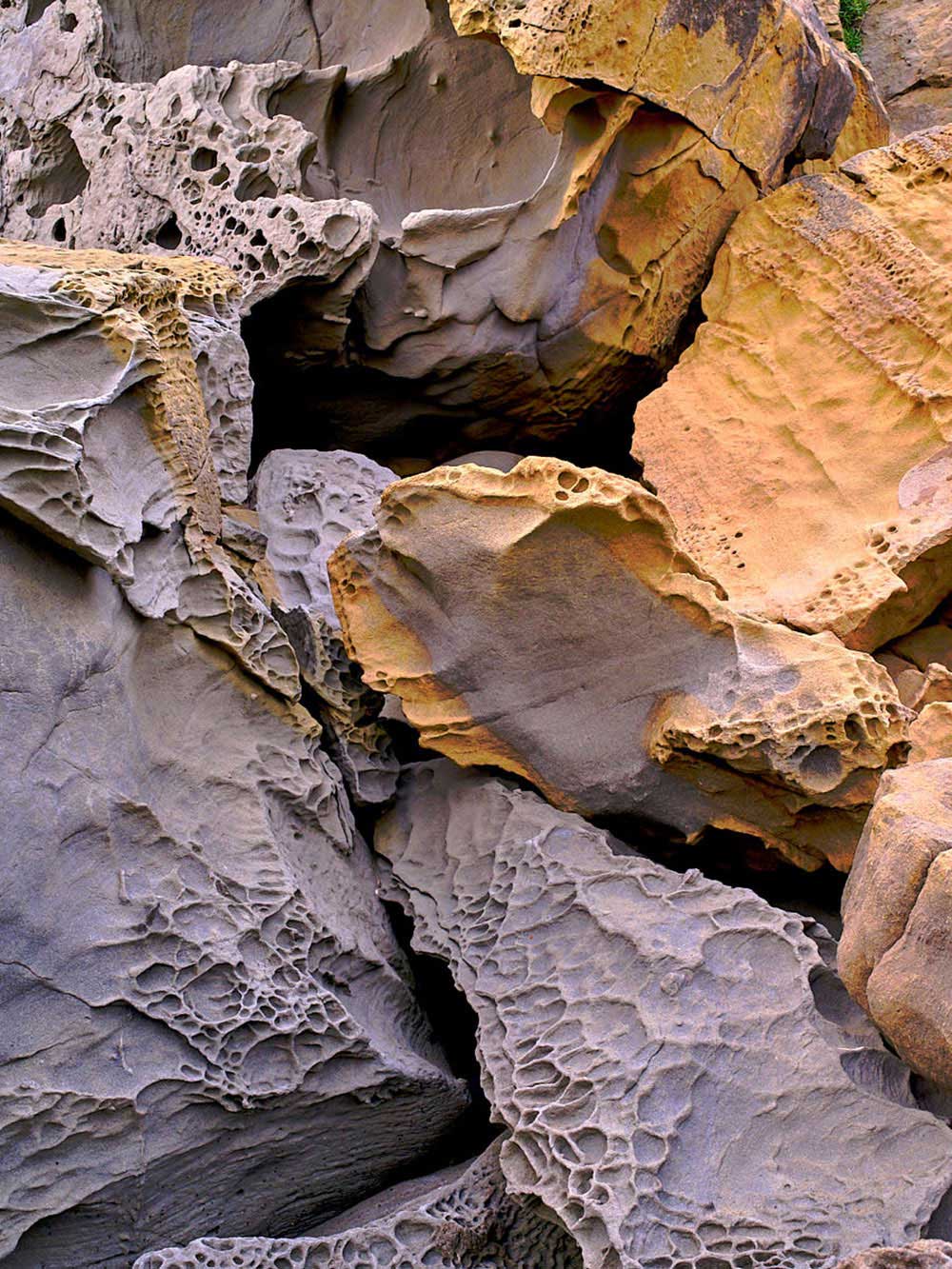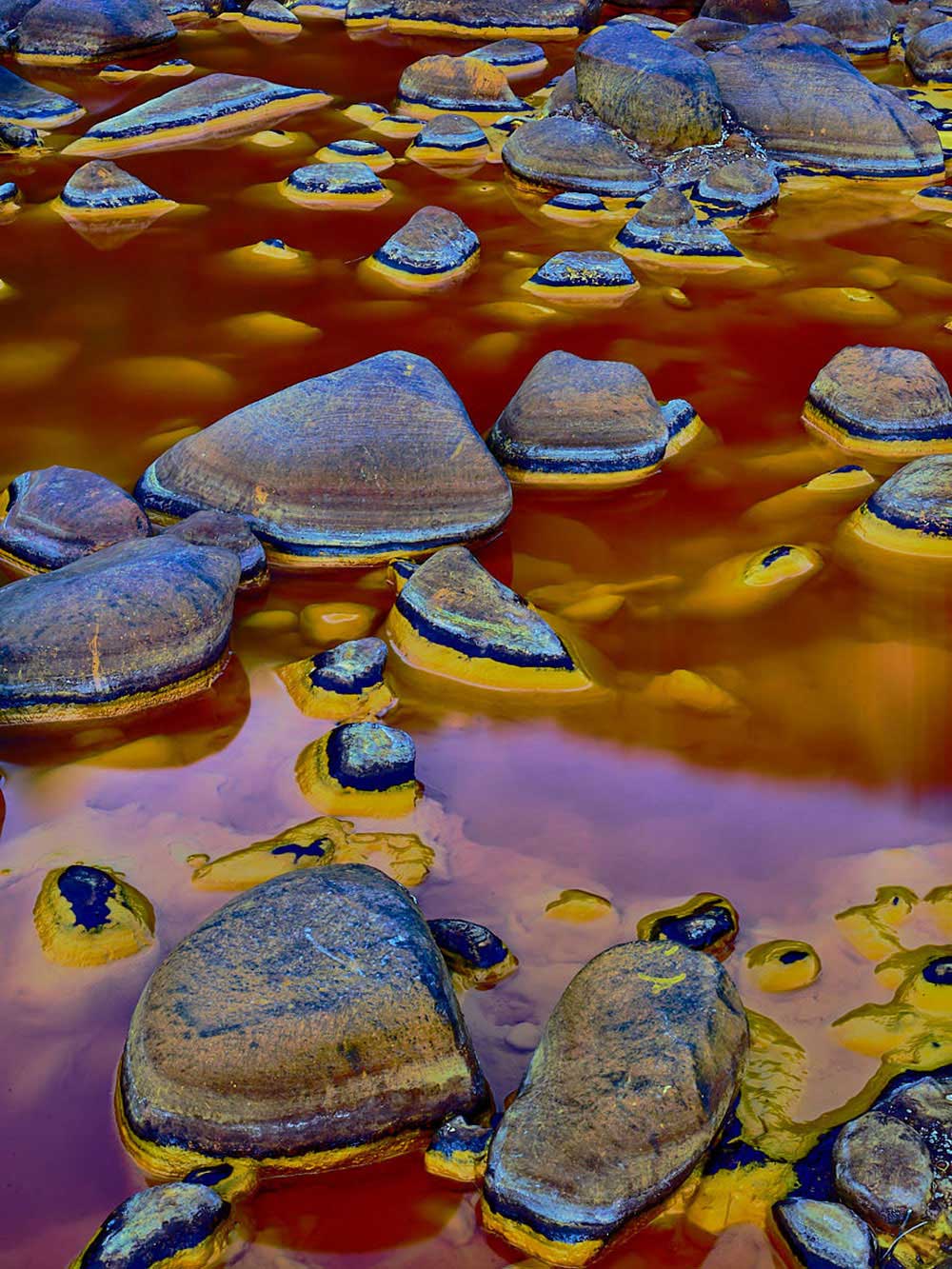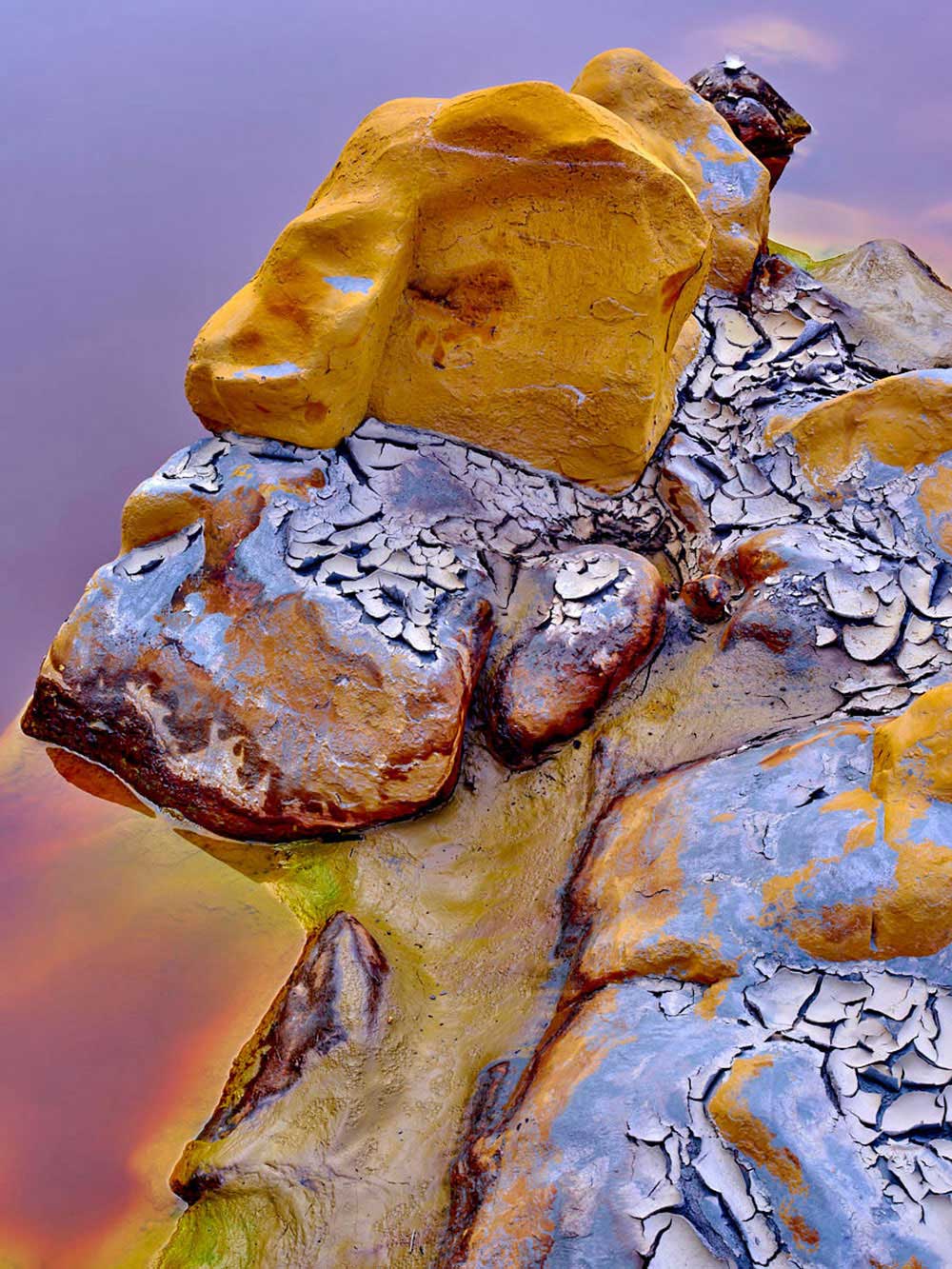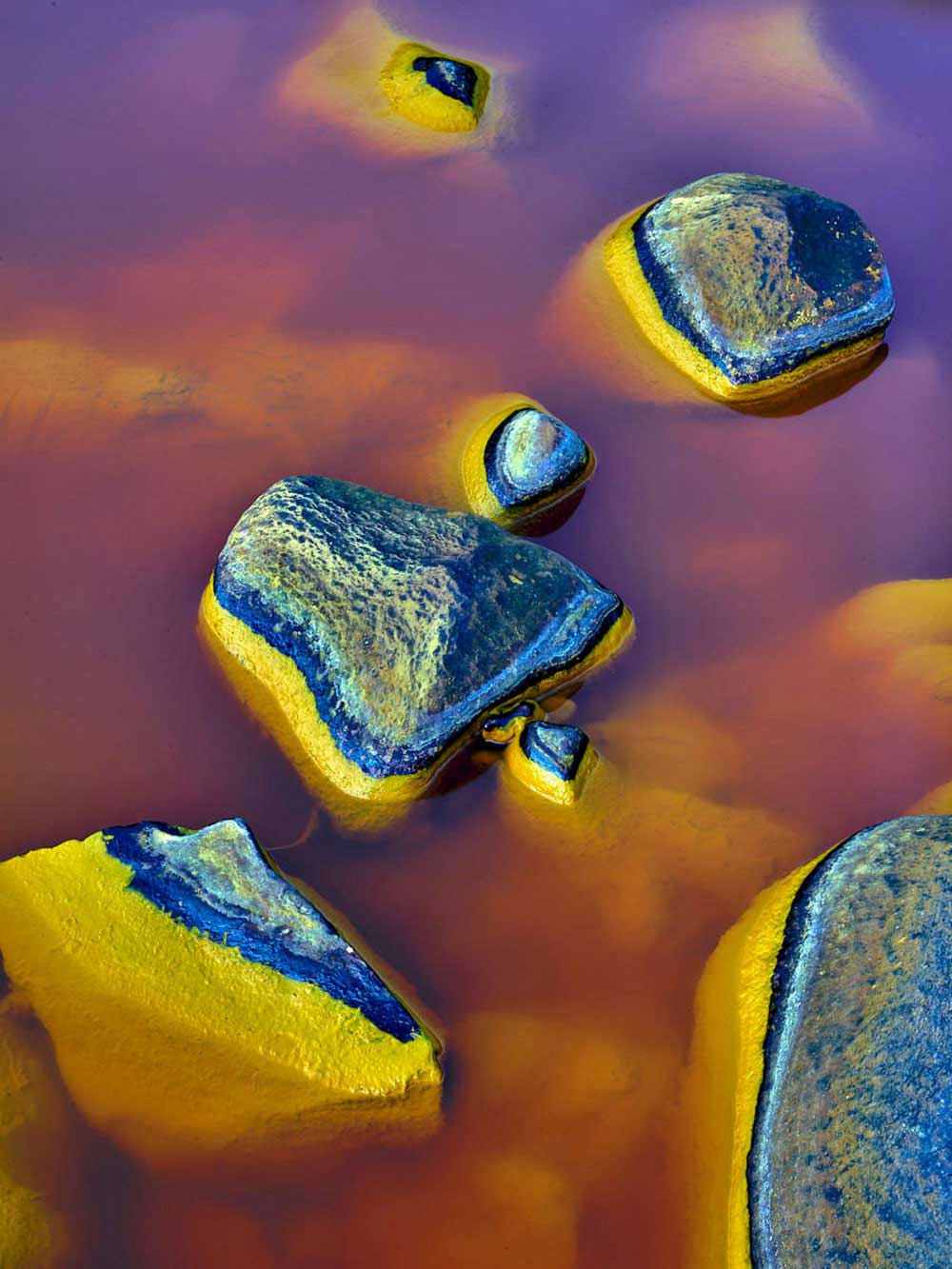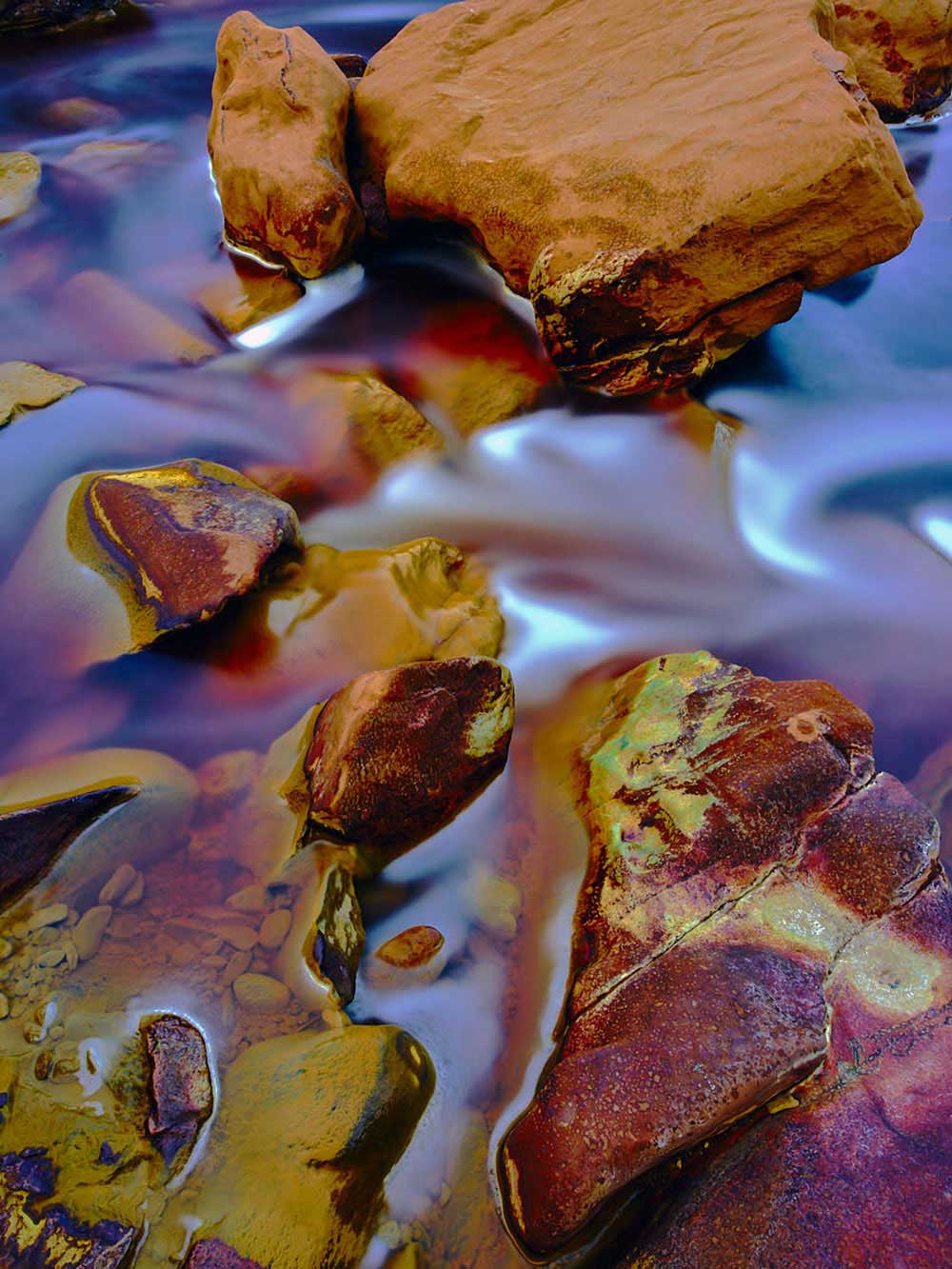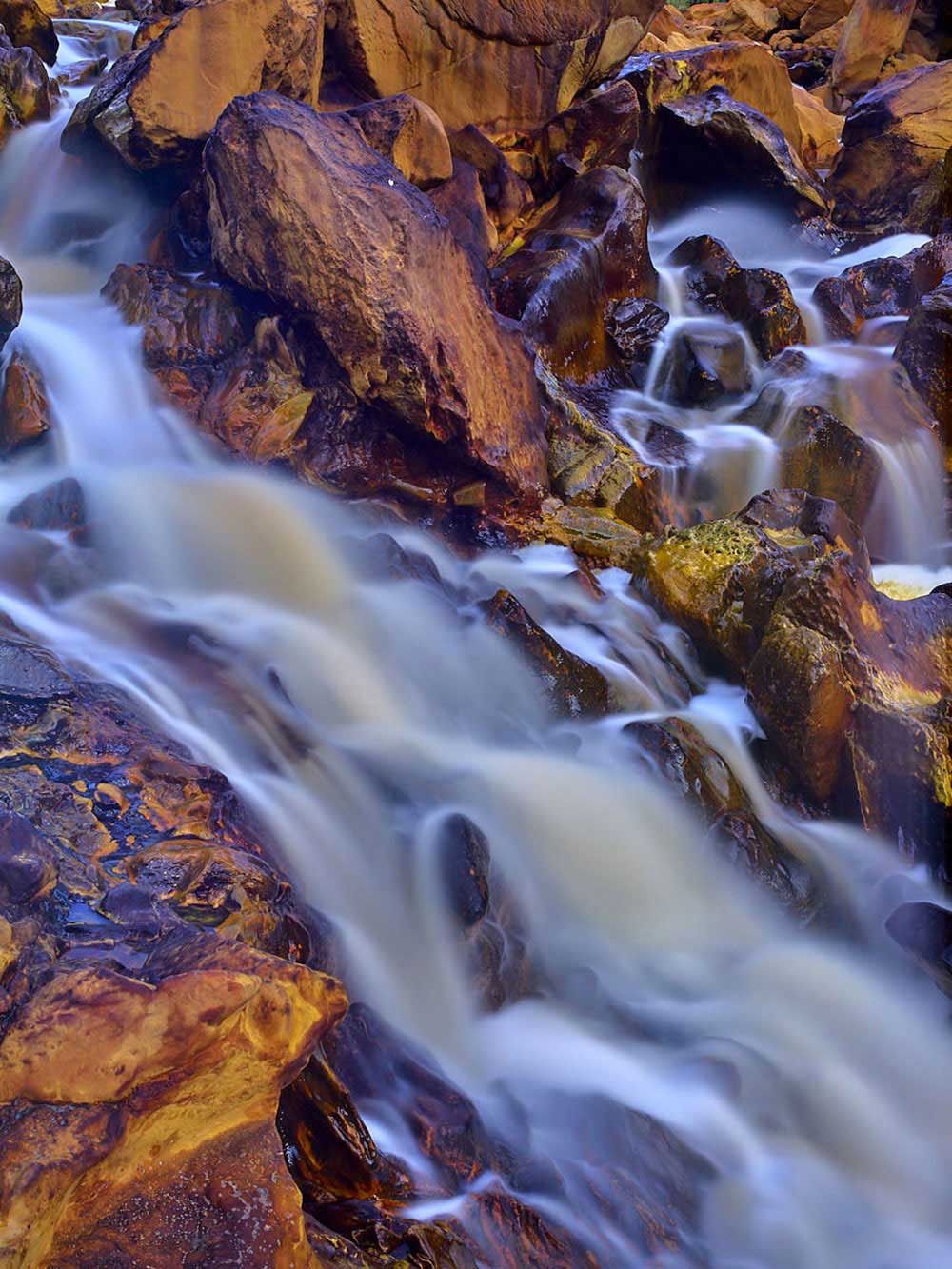Andalucia at the point closest to Morocco has captured the imagination of travellers and writers for centuries. The narrow stretch of water only adds to the appeal that Africa is just a short distance away.
From atop many wooded and sparse vantage points Morocco looms large. The history of Andalaus from the time of the Moors pervades the towns and cities in the place names and architecture but for me arriving from the other direction, it is Andalusia’s nature that is the exotic draw.
The areas I visited felt steeped in history, that was my sense; the olde world of Andalucia. A deep green cover, the source of Quercus suber, the cork oak, a wonderful species of tree that supplies the world’s wine trade also historically provided shelter and cover for a rebellious communities. The mining area north west of Seville gives a whole new dimension to a river bed, a red vein flowing through green pine laden hillsides. On parts of the coastline there is the presence of flysch-rocks, an otherworldly sedimentary rock formed by thin layers of silt and sandstone.
The project is divided into three chapters; three distinct zones. The forest, the shoreline and the river.
FOREST
“There are places and solitudes so remote, Man to live many years without being seen or found if he does not want“
Mid-sixteenth century writer Vicente Espinel in his novel “Life of the Squire Marcos de Obregón”.
“Everything was devastated; The sound of the eagles was no longer heard, and even the birds were silent, the streams fell silent;”
‘The tragedy of the Sauceda’, Garcia Bravo.
The individual shapes of the cork oak are the star turn in Parque Natural Los Alcornocales. The leading region for production of cork, the forests of Los Alcornocales at the tip of Andalusia have nurtured intimacy between the people of the cork forest and their trees. At its heart, the remoteness and density historically provided sanctuary to those living beyond the Crown. In the 16th century whilst common land was sold off for individual ownership to raise taxes, a leader of bandits, Pedro Machuca San Juan with his 300 men sort refuge at the heart of the forest in a hidden valley close to a verdant source of water, proclaiming The Free Republic of the Sauceda. It was an almost magical place where a sort of “liberated zone” could be built, a libertarian multiracial commune of Jews, gypsies and bandoleros, a free republic outside the Castilian monarchy and whose rebellious and resistant fame survived until the years of the Fascist military uprising. During the Spanish civil war, La Sauceda was a republican stronghold that was bombed by Franco’s nationalist planes. By 1937 it had become the scene of a massacre of up to 600 men woman and children; the tragedy of Sauceda.
SHORELINE
At the edge of Europe.Photographs taken on the shoreline at the point where the Atlantic meets the Mediterranean sea and close to the location of Plato’s mythical lost city of Atlantis. The presence of silt and sandstone formations indicate rapid historical changes in sea level formed underwater along the continental shelf due to interaction of tectonic plates.
‘This power came forth out of the Atlantic Ocean, for in those days the Atlantic was navigable; and there was an island situated in front of the straits which are by you called the Pillars of Heracles; the island was larger than Libya and Asia put together’.
Plato’s account of Atlantis.
From pressure of descendant crags, which lapse Disjointed, crumbling from their parent slope. At slender interval, the level calm. Is ridg’d with restless and increasing spheres Which break upon each other, each th’ effect
THE RED RIVER
“A sad and fertile moss grows along its discoloured shore, and here the transformation takes place of all the organisms destined to become metal, the fish with red and blue crests, the porcelain marine snails, the vegetable roots, the three-layered shells.
It is a lymph that takes on the colour of the different coppers and sulphates saturating it. Mysterious and changeable it flows along a bed of clean and hard slate devoid of any trace of vegetation; it is death mirroring the loveliness of the shores and fleeing to life’s dark side unfurling its livid spender along the way”.
The Metal of the Dead 1920, By Concha Espina
The River Tinto in the province of Heulva, owes its name to the effects of mining in search of iron ore, copper and silver dating back 3000 years. Its red flow is due to a high concentration of ferric iron and it has a ph of around 2, due to its microbial activity.
About Darren Lewey
Darren Lewey is a photographer and workshop leader originally from the UK but now based in Morocco who is currently working in the medium format digital domain. The Andalusia series is one of several projects realised between 2016 and 2018 directed towards more intimate landscape views and realist portraiture. [Official Website]
